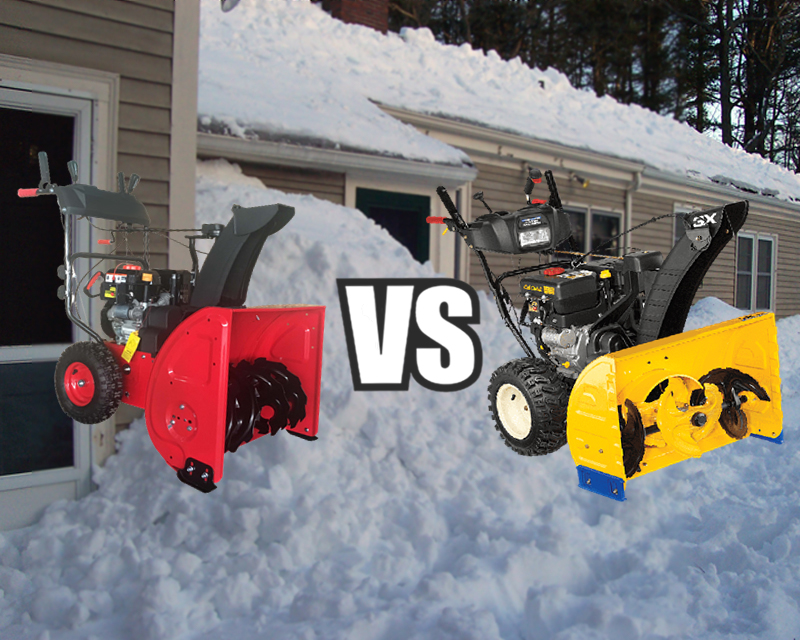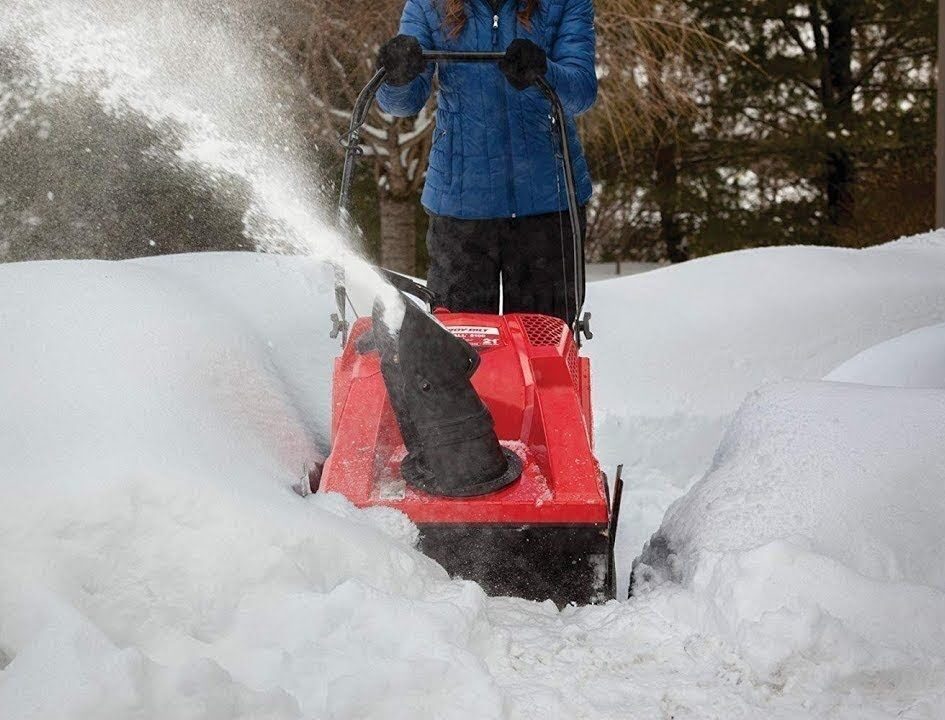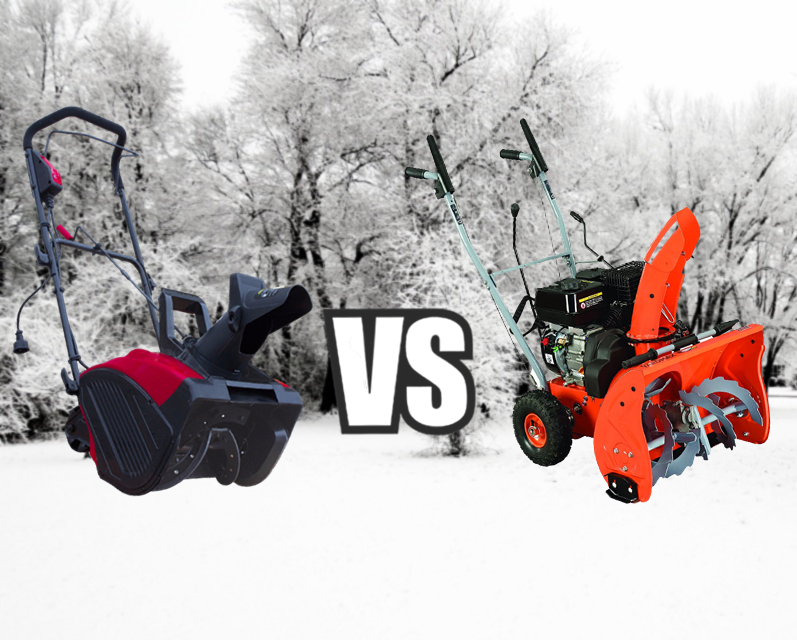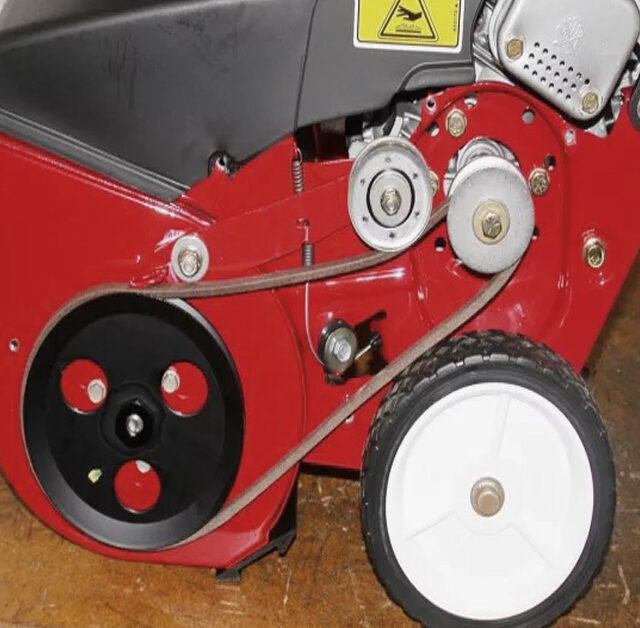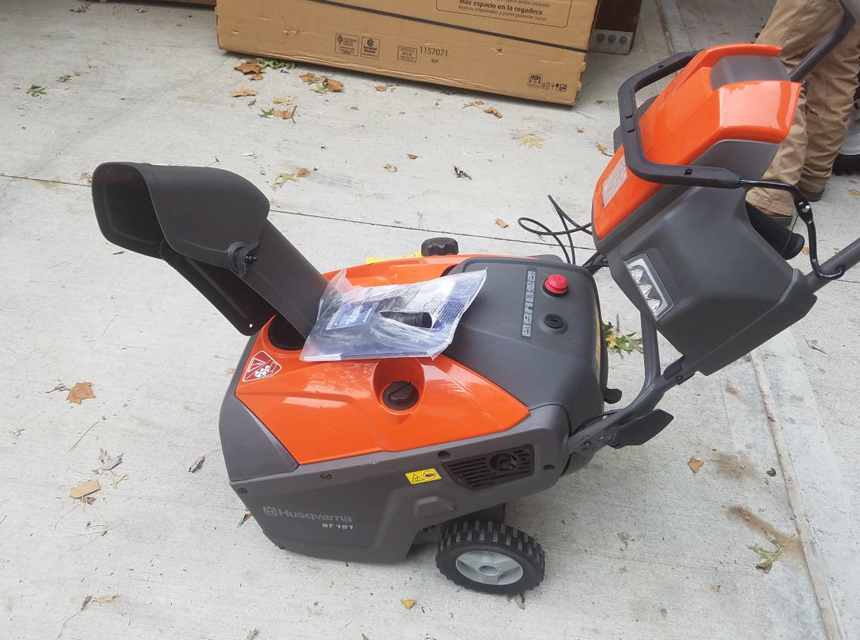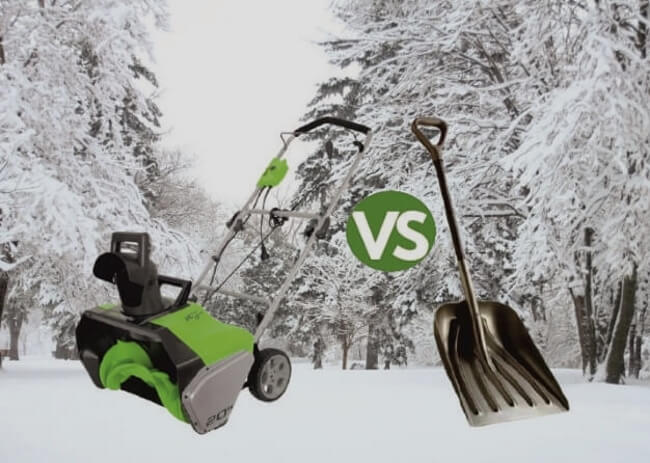
One of the most frustrating things to endure in winter is getting ready to clear snow from your driveway only to find out that your snowblower won’t start. And even if it does, it somehow fails to work properly. If you face this, you are not alone. Even with regular maintenance Trusted Source Snow Blower Maintenance Tip - ConsumerReports Snow blowers need attention even after each use for continually good results. Clearing snow from the auger, impeller, and chute before it freezes helps ensure that you won’t need to chip snow away before the next time you use the snow blower. www.consumerreports.org and servicing, this issue might still come up. We have tested several blowers on the market, and to help you with this problem, we have researched and checked out the opinions from experts about what you should do if the blower refuses to start.
In this post, we cover several means of troubleshooting the machine. By checking out the tips we have provided, you can save yourself from a trip to the repair shop. If you want to know how the snowblower works, you can check out this post.
In the meantime, let’s delve into how to solve the problem of a blower that refuses to start.
There are two main ways to power your engine. You might have a gas-powered unit or an electric start model. In this post, we focus on how you can deal with a gas-powered snowblower.
Here are some pretty helpful tips that when applied can save you plenty of time and stop you from having to spend money at the repair shop.
If you face an engine that will not start, use this post by engaging in the process of elimination. Start from the first tip on the list and work your way down. If you do this, you will likely be able to sort out the problem with the machine.
As a gas-powered unit, there has to be fuel in the tank. Therefore, the very first thing to do if you see that the machine hasn’t started is to check the fuel tank. Ensure that it is not empty. While checking the fuel tank, you should also check the oil level of the unit. If there is still gas in the tank, ensure that it is clean gas. You should start running your engine with clean fuel. But how do you know if the fuel is good?
Well, it is possible to determine if the fuel is bad if there is a varnish-like coating in the carburetor. To ensure that the fuel is good for a long time, add a stabilizer before adding it to your machine or before your store it in. The stabilizer will help the fuel to remain stable over time.
If you observed a coating on the carburetor due to the fuel, you will have to change the oil. The old oil will be completely drained from the engine. It is problems like these that make it so nice to have an electric snowblower. That type of blower does not suffer from such issues.
After you have drained the fuel, you should replace it with good fuel that has a stabilizer added. If the old fuel remains in the carburetor, then you might have to replace it or ask a professional to help you clean it.
Apart from the carburetor, other parts of the engine, like the filters and the fuel line, might also suffer from contamination. The Briggs & Stratton Fuel Line is one of the most popular names on the market.
After checking the fuel tank and seeing that there is good fuel in there, but the engine doesn’t start, then you should check the position of the fuel shutoff valve. If it is in a close position then the fuel isn’t getting into it. It is easy to forget to check this if it has been a long time since you used the equipment.
If you find that it is OFF, then switch it to ON. It is a very simple solution, but many overlook it.
If this is done, you can also prime the engine. Priming it will force fuel into the carburetor. Gas engines have a hard time starting in freezing weather, so giving it some fuel might be the kick in the gonads that it needs.
To do this, press the primer bulb repeatedly, perhaps up to five times. This will push some fuel into the carburetor, which in turn will increase the chances of ignition.
Immediately you do this, try to start the machine.
So you have checked and seen that the fuel valve is open and there is fuel in the tank. If these are all set but the blower still doesn’t start, then you need to move to the next stage. Here, you need to check the safety key switch. This is not found on all snow blowers, but if yours has this, then you need to check it out.
Thus, check out of the key is properly in the receptor and the toggle switch is in the RUN position. If either of these is out of place, you will be unable to start the blower.
It is even more important that you check this because if it isn’t done right, you might flood the engine of the snowblower.
The choke on the snowblower plays a very important role, therefore, you should check it out if you find that the blower isn’t turning on. When starting a blower, particularly when the engine is not warm, you will need the full choke mode.
If you are starting the blower in very cold conditions but that is still above freezing levels, then you should avoid priming the carburetor. If you do, you might flood the engine. Just use the choke and the machine is likely to start.
There are different types of snowblowers, and they all have different parts. One of the parts found in the throttle. If your machine comes with a throttle, then you should ensure that the speed is at least at ¾. It can even be higher.
After all the tips above have been practicalized and the machine refuses to start, then it would be time to check the spark plug. Locate where it is and remove it for cleaning or something else. Some of the things that you might be looking out for are:
If you remove the plug and discover this, then you should turn the engine repeatedly while the spark plug is removed. This will remove any fuel that floods where the spark plug is. And of course, you should clean off the fuel on the plug. If you have done these, you can put the plug back in and try it again.
For the gap, it is important that the plug has a correct gap. If the gap is wrong, you will be unable to power your machine.
If there is cracking observed, then you have to change the spark plug as that indicates that it is damaged and needs replacement.
If you check the spark plug and you find no problems with it, then you should check the ignition coil.
If the six steps above have not helped you to start the machine, then you might need to clean the carburetor thoroughly to remove any contamination. To do this, consult the manual from the manufacturer.
After trying out all the steps highlighted and you still have found no solution, then it is time to inspect the starter. There are different types of blowers, as we have said earlier. If you have an electric starter model, check it to see if it is broken. If so, you have to take it to the shop for a replacement.
If you have tried every one of the tips above, then the problem might lie beyond your ability. You might have to disassemble some parts of the machine, which might void your warranty. If you still have the warranty, get in contact with the maker or where you bought the machine for help.
If this doesn’t work too, then you might take the step of taking it to a repair person or professional to help you. Having a professional check it out might be expensive, depending on the problem of the machine.
If it is an old model and the cost of repair is quite high, then you might want to cash out and buy a newer model. There are several options on the market that you can choose from.
So, there you have it – the steps to take when the snowblower won’t start. Follow these tips if you face the problem of an unresponsive machine. If all else fails, you could then take it over to a repair shop and have a professional take a look at it.
